Being a drought-tolerant turf, Sir Walter has lower watering requirements compared to other turf varieties. But just like any other living plant, your Sir Walter lawn will still need water to grow and
maintain its health.
When watering your lawn, a good thing to consider is its status—whether it is new or established— water restrictions, the season and recent and upcoming rain. All these will be contributing factors to the overall watering schedule.
Watering new turf
As new buffalo grass is trying to get settled and establish its roots, it is no question that it will need a healthy amount of water within its first two weeks.
When you first lay your turf, you should give it a healthy water for at least the first hour. From this day forward, you should be giving your turf 25mm of water each day until it has taken root into the soil – usually 10 to 14 days later.
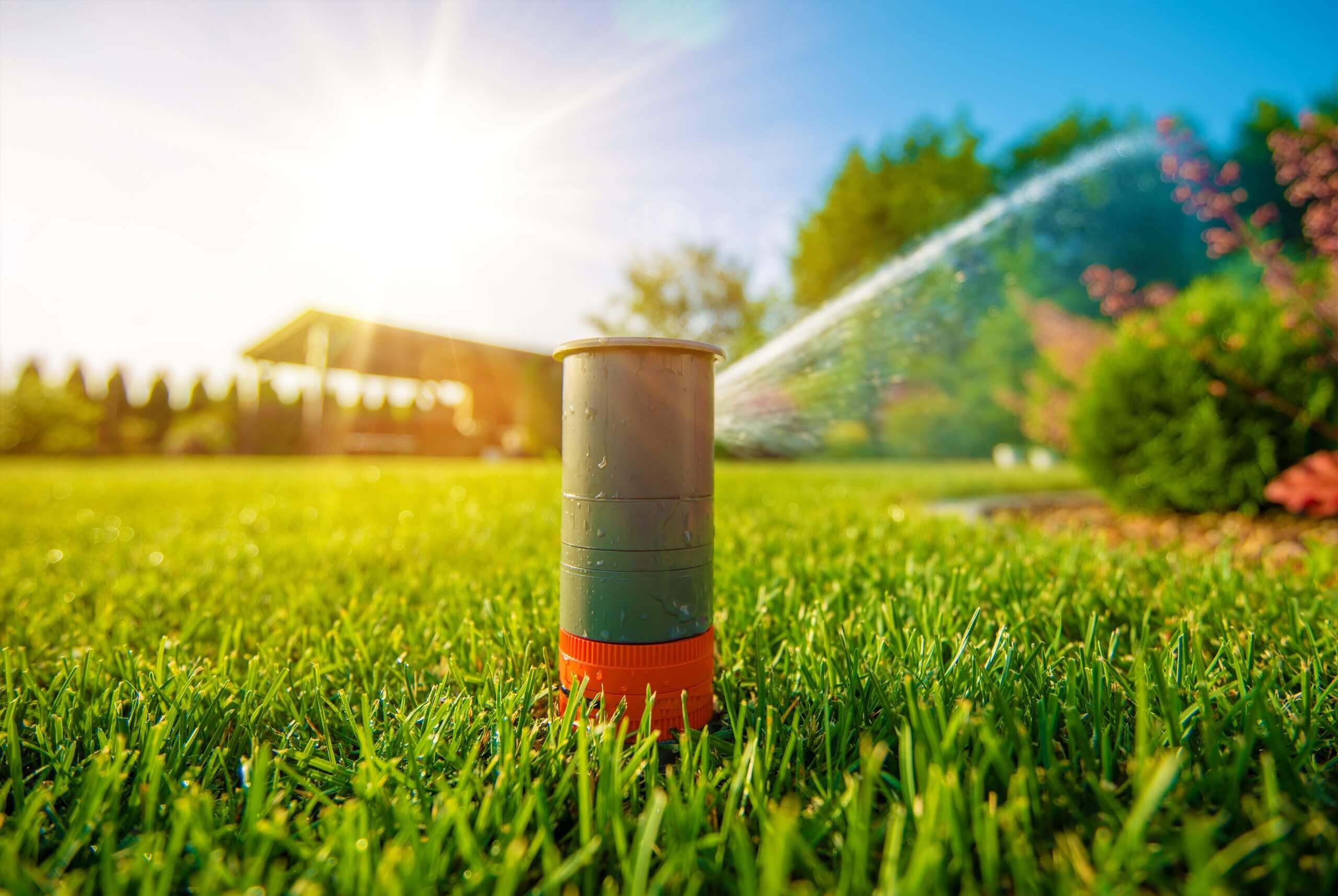
After this period, you should water your lawn for a short period each day for the third week of establishment. For the fourth week, you should lower it two only two waters entirely.
Once these four weeks have passed, your lawn should be well established. From then on, it is recommended you give your lawn the necessary water required for established turf to maintain a healthy lawn.
To ensure you water the entire lawn area, we advise you to use a water sprinkler. However, if water restrictions are enforced, a hand-held trigger nozzled hose and a smart watering system will also suffice.
Watering established turf
When it comes to watering established Sir Walter grass, you will find your lawn needs less attention. With a strong heat resistance and drought tolerance, Sir Walter can survive on less water than other varieties.
If you want to encourage its healthy green colour and growth, we recommend giving it water when necessary. This is most important in warmer weather during spring and summer.
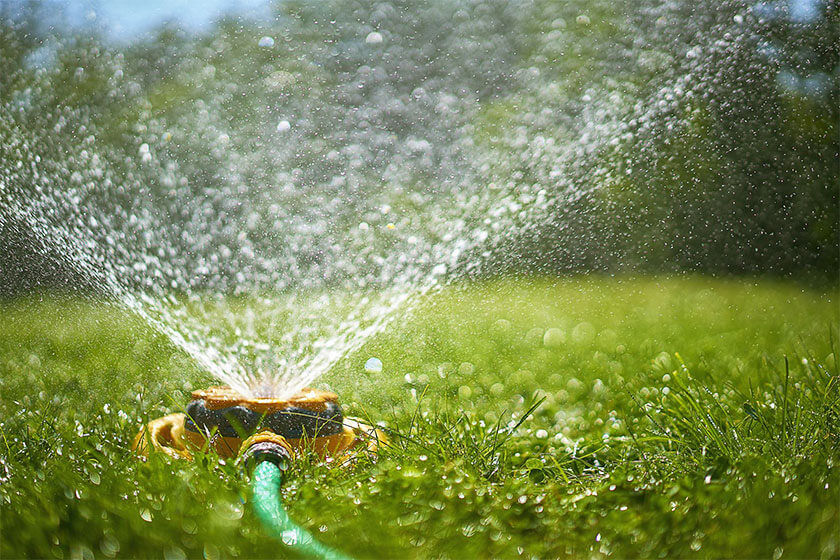
In summer, you will find dryer conditions can take an effect on your Sir Walter after a while. To avoid this, we recommend giving your lawn one to two waters each week. However, if conditions aren’t too harsh, it can survive off a single watering per week.
During winter, it is recommended you don’t water your grass at all unless it is extremely dry. With Sir Walter going dormant and experiencing the occasional frost, water is not generally needed in these months. A one-off monthly water in both spring and autumn is also encouraged.
When watering this variety, deep, infrequent waters are best. This is because it will help your Sir
Walter develop stronger roots as the water spreads further, compared to the distance of those with
quick, frequent waters.
Watering and rain forecasts
Rainfall can impact and cause changes to your watering plan. With each rainfall, your lawn is getting water. Therefore, you must avoid overwatering your lawn by keeping an eye on recent and potential rain. By observing future rainfall, you should avoid watering your grass – instead, allowing the rain to do the job for you.
By tailoring your watering schedule around rainfall, you will also be saving water by relying on natural water sources.
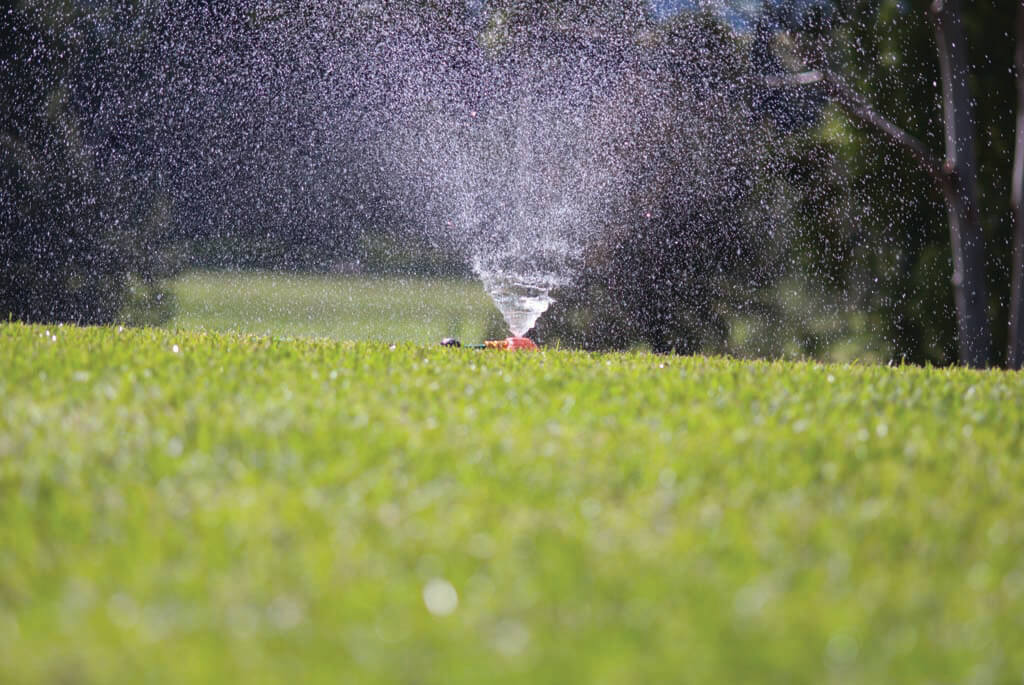
In saying that, with zero rain forecasted and water restrictions enforced, it is essential to stay mindful and follow any restrictions regulations enforced in your region.
The right time to water your grass
The best time to water a Sir Walter lawn, like all varieties, is early in the morning from 4 am to 8am or during the early evening. This is because the weather is generally cooler and there is less sunlight.
Watering later in the day will be less effective as the water is more receptive to evaporation due to warmer weather and more intense sunlight.
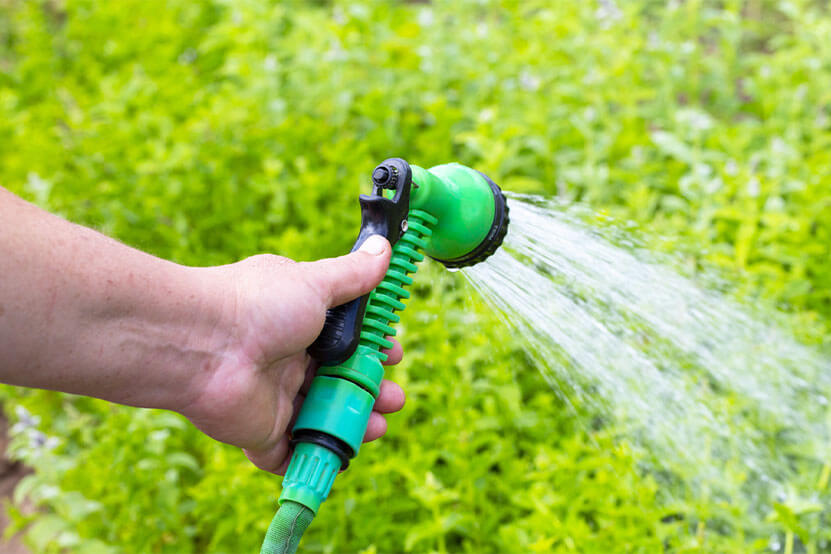
Although you can water in the late afternoon, it is not the best time because the sun is about to set. Whereas the morning gives the water time to be soaked up by the sun, the soil will remain wet in the dark for an extended period, leading to the development and growth of potential turf diseases.
Watering and fertilising
When fertilising, you must water your Sir Walter lawn afterwards. Not only will this help prevent your lawn from burning, but it will also help activate the fertiliser.
By watering your grass, the fertiliser will move from the grass and into the soil. It also washes the salt off the leaves that can cause the grass blades to burn.
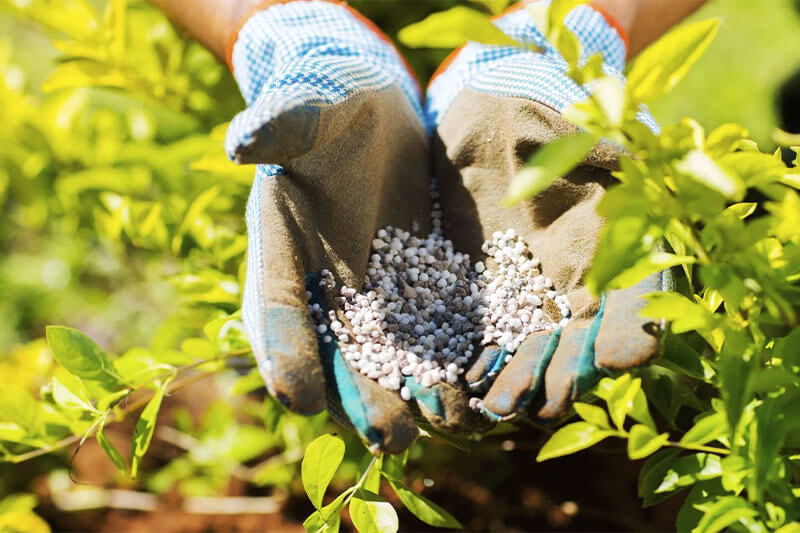
MAKE SURE IT'S DNA CERTIFIED SIR WALTER
When you order from J&B Buffalo Turf Supplies, you are buying from a credited supplier who provides top of the line turf that is backed by extensive research and world-leading turf farmers. Striving to always achieve 100% customer satisfaction, we can guarantee you will receive quality turf.

Sir Walter DNA Certified
The DNA Certified stamp ensures it is the genuine Sir Walter turf variety.

Genetic Assured Purity
Being AusGAP certified guarantees our turf is genuine in genetic purity.

Accredited Turf Grower
An accredited Lawn Solutions Australia supplier, we only provide quality turf.

Ten-Year Product Warranty
Our turf comes with a ten-year product warranty ensuring peace of mind.
Buy Sir Walter Turf Now
Ready to give your lawn a whole new look? Order the amount you need and you’ll have fresh Sir Walter grass in no time.
Frequently Asked Questions
Interested in learning more about watering Sir Walter DNA Certified Turf grass? Below, we list common questions and answers about watering this popular turf.
Your new Sir Walter turf should receive 25mm of water daily. This is because fresh grass should be watered frequently to encourage the establishment of the roots into the soil. New lawn needs to be watered 2-3 times daily for the first two weeks in the extreme heat of summer.
Once the turf has taken root, generally 10-14 days after being laid, the grass should then receive 25mm of water per week.
Please note, if it is raining heavily, watering requirements may decrease to avoid overwatering.
It depends on the season and different buffalo turf grasses will require different watering habits. The seasonal weather will help you determine how much you should water your Sir Walter Buffalo lawn.
As a drought-tolerant grass, established Sir Walter requires less water than other varieties.
However, you should still water your turf one to two times a week during the full sun months to maintain its colour and health. You can water it once or not at all during the colder months.
When watering your grass in winter, you should be giving it as little as possible.
This is especially true if you experience rainfall. As a warm-season grass, your Sir Walter is expected to go dormant, experiencing the frequent frost. Therefore, it won’t need any water during the colder season.
Just like any turf, it is certainly possible to overwater. As a drought-tolerant grass, Sir Walter requires much less water compared to other varieties. This makes it easy to overwater as it is bred to survive on minimal amounts of water.
We recommend giving your grass a deep watering one to two times a week in summer, once a month in autumn and spring and none in winter.



